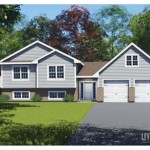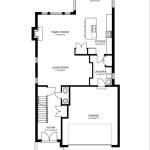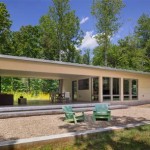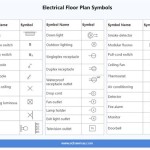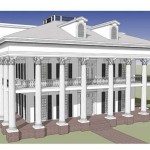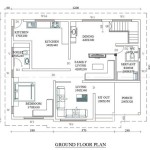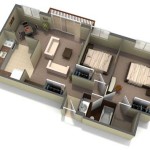What Is a Plantation House Called?
Plantation houses are grand, historic mansions that were once the centerpiece of large agricultural estates in the American South and other parts of the world. These houses are typically large and imposing, with multiple stories, wide verandas, and elaborate architectural details. They are often built in a classical or Victorian style, and their design reflects the wealth and status of the plantation owners.
The term "plantation house" is often used to refer to any large, antebellum mansion in the American South. However, there are actually several different types of plantation houses, each with its own unique characteristics.
Types of Plantation Houses
The following are some of the most common types of plantation houses:
- Main house: The main house was the largest and most important building on a plantation. It was typically home to the plantation owner and his family. Main houses were often built in a classical or Victorian style, and they often had multiple stories, wide verandas, and elaborate architectural details.
- Overseer's house: The overseer's house was home to the plantation overseer, who was responsible for managing the day-to-day operations of the plantation. Overseer's houses were typically smaller and more modest than main houses, but they were still often quite large and comfortable.
- Slave quarters: Slave quarters were home to the enslaved people who worked on the plantation. Slave quarters were typically small, cramped, and unsanitary. They were often located in a separate area of the plantation, away from the main house and other buildings.
- Outbuildings: Plantations often had a variety of outbuildings, such as barns, stables, and workshops. These buildings were used to support the agricultural operations of the plantation.
Architectural Features of Plantation Houses
Plantation houses are known for their distinctive architectural features. These features include:
- Multiple stories: Plantation houses are typically two or three stories tall. This allowed the plantation owners to have plenty of space for their families and guests.
- Wide verandas: Verandas are a common feature of plantation houses. They provide a shaded area where the plantation owners and their guests could relax and enjoy the outdoors.
- Elaborate architectural details: Plantation houses are often decorated with elaborate architectural details, such as columns, cornices, and pediments. These details reflect the wealth and status of the plantation owners.
Plantation Houses Today
Many plantation houses have been preserved and restored, and they are now open to the public as historic sites. These houses offer a glimpse into the history of the American South and the lives of the people who lived on plantations.
Some plantation houses are still privately owned, and they are often used as wedding venues, bed and breakfasts, or other special event spaces. These houses offer a unique and beautiful setting for any special occasion.

What Are Plantation Shutters Wooden Blinds Direct

Frampton Plantation House Sc

Telling The Story Of Slavery

Antebellum Plantation Home Fairfax House Is On The Market

Southdown Plantation Offers A Glimpse At Local History

Hermitage Plantation Georgia Wikipedia

Antebellum Plantation Home Fairfax House Is On The Market

When Port Allen S Monte Vista Plantation Called Aimee Rizan English Made It Home Garden Theadvocate Com

Orton Plantation A Legacy Of The South Southport Nc Townofsouthportnc Com

Traveler Reviews Of Houmas House Plantation Gardens W Guided Tour In New Orleans Tripshock

